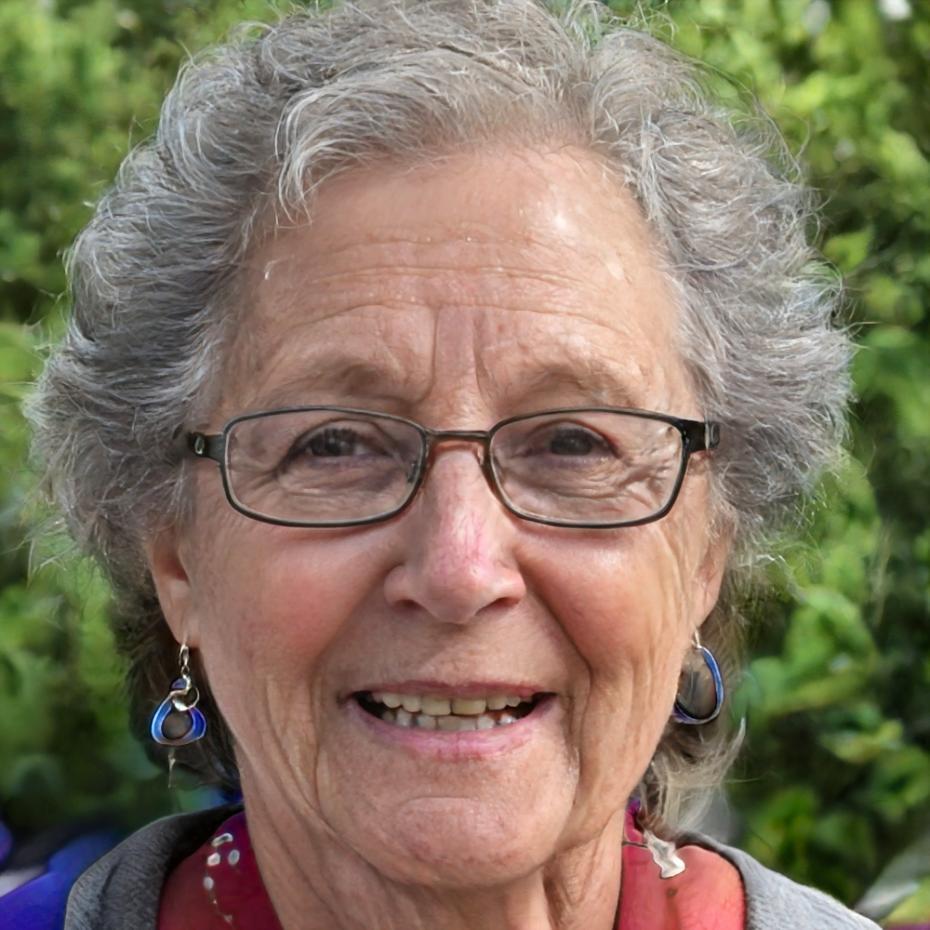What Makes Financial Education Actually Useful
I spent eight years in corporate
finance before moving to small business advisory work. The gap
between what gets taught in traditional settings and what actually
helps a 15-person company is enormous.
Our autumn 2025 program
enrollment opens in July. We keep groups small because everyone gets
individual attention on their specific situation. You're not sitting
through generic content that might apply to your business. We're
working directly with your P&L, your cash position, your growth
questions.
The businesses that get the most
value are those willing to share their real numbers and ask
uncomfortable questions. If you're looking for reassurance that
everything's fine, this probably isn't the right fit. But if you want
honest assessment and practical tools, that's exactly what we do.
Get Program Details




